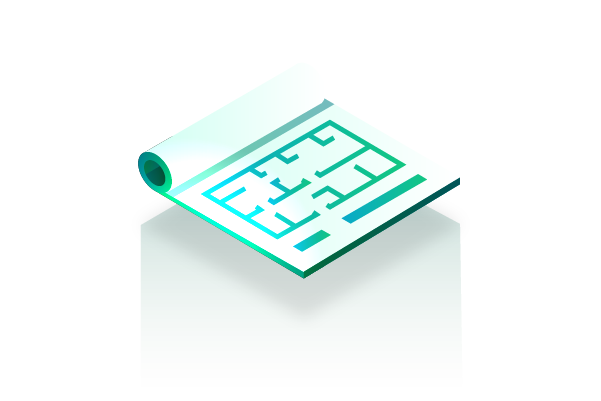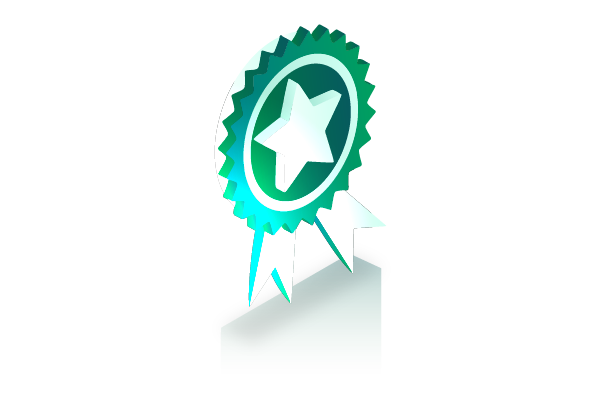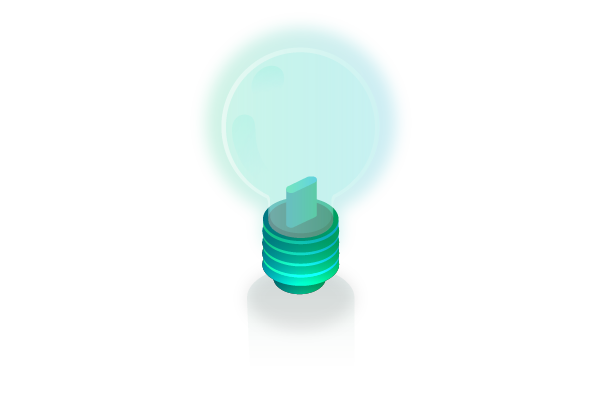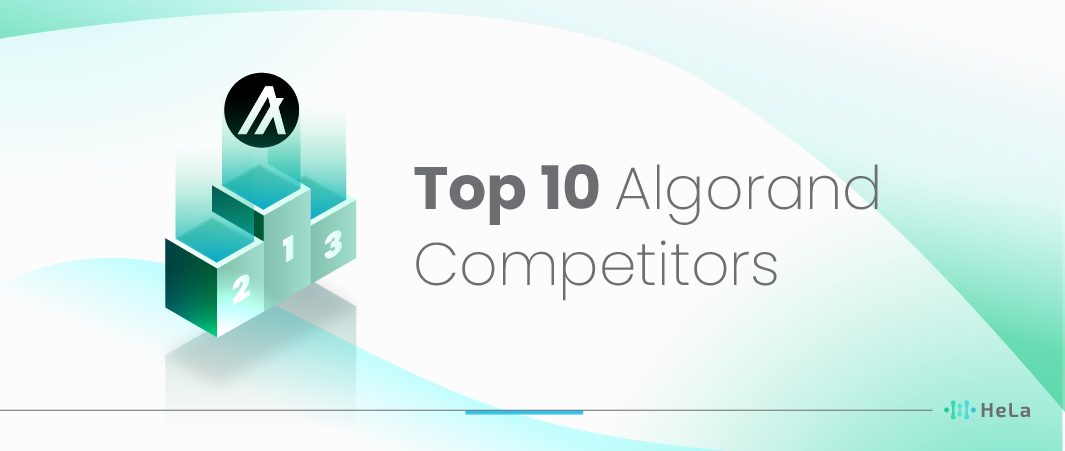As the blockchain landscape continues to evolve, numerous platforms are positioning themselves as robust competitors and viable alternatives to established players like Algorand. In 2024, the competition is fiercer than ever, with each platform striving to offer unique features, improved scalability, enhanced security, and user-friendly interfaces. This article delves into the top 10 Algorand competitors and alternatives, providing a comprehensive overview of each platform’s offerings and how they stack up against Algorand in the current market.
Algorand has made a name for itself by providing a decentralized, secure, and scalable blockchain network. However, as the industry grows, several other platforms are emerging, challenging the status quo and pushing the boundaries of what’s possible in the blockchain space. From platforms focusing on energy-efficient consensus mechanisms to those offering groundbreaking smart contract capabilities, the competition is diverse and dynamic.
Understanding the nuances and unique selling propositions of these competitors is crucial for anyone looking to navigate the blockchain space, whether as a developer, investor, or enthusiast. As we explore these alternatives, we’ll highlight their strengths, weaknesses, and potential impact on the future of blockchain technology.
The Landscape of Blockchain Competition

The blockchain industry, far beyond its roots in cryptocurrency, has emerged as a hotbed of innovation, fostering an environment where competition thrives. This sector is characterized by a relentless pursuit of excellence and differentiation, as platforms vie to offer superior solutions that address key challenges in speed, security, cost-effectiveness, and user experience. With the stakes higher than ever, these platforms are not just competing on the basis of transaction efficiency but are also pushing the boundaries in terms of scalability, interoperability, and sustainability.
In this rapidly evolving landscape, developers and entrepreneurs are leveraging blockchain technology to create decentralized applications (dApps) that span a wide range of use cases, from finance and supply chain management to gaming and digital identity. Each blockchain platform offers distinct features and technological advancements, aiming to carve out a niche for itself in a crowded marketplace. For instance, some focus on energy-efficient consensus mechanisms to attract environmentally conscious developers, while others emphasize cross-chain compatibility to enable seamless asset transfer and communication between different blockchains.
Also Read: Blockchain Vulnerability: Assessing and Mitigating Security Threats
The competition among blockchain platforms is not merely technical but also encompasses community engagement and developer support. Platforms with robust ecosystems and supportive communities often see greater adoption and innovation, driving further advancements in the technology. Moreover, regulatory compliance and partnerships with traditional industries have become crucial factors in gaining mainstream acceptance and expanding the user base.
As the blockchain industry continues to mature, the competition is expected to intensify, driving further innovation and leading to the development of more sophisticated and user-friendly blockchain solutions. For businesses, investors, and technology enthusiasts, keeping abreast of these developments is essential to understand the evolving dynamics of the blockchain space and to make informed decisions in a market that stands at the cusp of transformative change.
Algorand’s Niche in the Blockchain Ecosystem
Algorand has established a distinct position within the blockchain ecosystem through its innovative approach to consensus and network participation. By implementing a pure proof-of-stake (PPoS) consensus mechanism, Algorand differentiates itself from other blockchain platforms that may rely on proof-of-work (PoW) or traditional proof-of-stake (PoS) mechanisms. The PPoS approach enables Algorand to offer several key advantages:
- Full Participation: In Algorand’s network, every token holder can participate in the consensus process, not just a select group of miners or stakers. This inclusivity enhances the network’s decentralization, as it lowers the barriers to participation and ensures that the process of validating transactions and creating new blocks is spread across a broader user base.
- Protection: Algorand’s PPoS mechanism is designed to be secure against various attacks that can plague other blockchain networks. By not concentrating power in the hands of a few large stakeholders or miners, Algorand minimizes the risk of attacks such as the 51% attack, where an entity gains majority control of the network’s hashing power or staking capacity to manipulate the blockchain.
- Speed: One of the significant challenges in blockchain technology is achieving high throughput and low latency in transaction processing. Algorand’s PPoS consensus enables the network to achieve high speeds and quick finality of transactions. This makes it an attractive platform for applications requiring fast and reliable transaction processing, such as financial services and decentralized applications (dApps).
By focusing on these areas, Algorand aims to provide a more accessible, secure, and efficient blockchain platform. This positions it as a strong competitor in the market, especially for use cases that demand robust decentralization, security, and performance. Comparing Algorand’s features and benefits with those of other blockchain platforms helps to understand its unique value proposition and why it may be a preferred choice for certain applications or stakeholders in the blockchain ecosystem.
10 Best Algorand Competitors and Alternatives in 2024

Algorand, known for its innovative approach to consensus mechanisms and blockchain technology, has established itself as a prominent player in the industry. However, in a competitive landscape, several platforms have emerged as potential competitors and alternatives to Algorand. In this article, we will explore 10 best Algorand competitors and alternatives in 2024, highlighting their key features, strengths, and areas of differentiation.
1. HeLa Labs
HeLa (HLUSD) marks a distinctive presence in the blockchain arena as a Layer-1 solution keenly focused on scalability, security, and real-world utility. It distinguishes itself through features such as EVM compatibility for broad developer engagement, decentralized digital identity for enhanced security, and asset integration for greater versatility. Unique in its approach, HeLa employs a stablecoin for transaction fees to ensure cost stability and lower barriers for users.
The platform’s collaboration with A*STAR’s Institute of High Performance Computing (IHPC) underscores its commitment to leveraging advanced computational research to solve complex blockchain challenges. Furthermore, HeLa places a strong emphasis on community involvement, fostering an ecosystem where innovation and collaboration are not just encouraged but are integral to its development strategy, making it a compelling project that aims to redefine the possibilities of blockchain technology.
2. Ethereum 2.0 (ETH)
Despite its challenges with scalability and high transaction fees, Ethereum remains a formidable competitor to Algorand. With the anticipated rollout of Ethereum 2.0 and its transition to a proof-of-stake consensus mechanism, Ethereum aims to address its scalability issues and enhance its efficiency, potentially positioning itself as a strong alternative to Algorand.
3. Cardano (ADA)
Cardano, often touted as a third-generation blockchain platform, offers a scalable and secure infrastructure for the development of decentralized applications (dApps) and smart contracts. With its focus on academic research and peer-reviewed development, Cardano presents a compelling alternative to Algorand for developers and enterprises seeking robust blockchain solutions.
4. Polkadot (DOT)
Polkadot, founded by Ethereum co-founder Dr. Gavin Wood, is a multi-chain interoperability platform that enables the seamless exchange of data and assets between different blockchains. With its parachain architecture and focus on interoperability, Polkadot provides a unique alternative to Algorand, particularly for projects requiring cross-chain compatibility.
5. Solana (SOL)
Solana is a high-performance blockchain platform designed for decentralized applications and crypto-native projects. With its scalable architecture and fast transaction speeds, Solana offers a competitive alternative to Algorand, particularly for applications requiring high throughput and low latency.
6. Avalanche (AVAX)
Avalanche is a decentralized platform that aims to combine the best features of existing blockchain networks while addressing their limitations. With its high throughput, low latency, and customizable consensus mechanisms, Avalanche presents itself as a viable competitor to Algorand in the rapidly evolving blockchain landscape.
7. Tezos (XTZ)
Tezos is a self-amending blockchain platform that enables the formal verification of smart contracts and on-chain governance. With its focus on security, scalability, and sustainability, Tezos offers an alternative to Algorand for developers and enterprises seeking a flexible and secure blockchain infrastructure.
8. Cosmos (ATOM)
Cosmos is a decentralized network of interconnected blockchains that enables seamless interoperability between different chains. With its focus on scalability and sovereignty, Cosmos provides an alternative to Algorand for projects requiring cross-chain communication and scalability solutions.
9. Harmony (ONE)
Harmony is a sharded blockchain platform that aims to address the scalability trilemma of blockchain networks: scalability, security, and decentralization. With its sharding technology and consensus mechanism, Harmony offers an alternative to Algorand for applications requiring high throughput and low latency.
10. NEAR Protocol (NEAR)
NEAR Protocol is a developer-friendly blockchain platform that aims to make building decentralized applications accessible to developers of all skill levels. With its focus on usability, scalability, and interoperability, NEAR Protocol presents itself as a user-friendly alternative to Algorand for developers and enterprises.
Evaluating Technology and Innovation

When evaluating the technology and innovation within the blockchain sector, it is essential to delve into the specifics of what each competitor offers. This analysis not only encompasses the technical advancements but also the underlying consensus mechanisms that ensure security and decentralization, the versatility and efficiency of smart contract implementation, and any additional unique features that distinguish each platform.
- Technical Advancements: This involves looking at the core technology updates, scalability solutions, and interoperability features. For instance, how a blockchain implements layer 2 scaling solutions or cross-chain capabilities can significantly impact its performance and user adoption.
- Consensus Mechanisms: Different blockchains employ various consensus algorithms to validate transactions and add new blocks to the chain. These mechanisms, whether Proof of Work (PoW), Proof of Stake (PoS), Delegated Proof of Stake (DPoS), or newer models like Proof of History (PoH), have profound implications on energy consumption, security, and governance.
- Smart Contract Capabilities: The functionality, flexibility, and security of smart contracts are pivotal. This includes the languages they support, the ease of development, and the measures in place to prevent common vulnerabilities. Moreover, the ability to create and execute complex decentralized applications (dApps) on the platform is a critical factor.
- Unique Features: Each blockchain might offer distinct features that set it apart, such as privacy enhancements, native tokenomics incentives, or specific solutions for decentralized finance (DeFi), non-fungible tokens (NFTs), and more. These features can cater to niche markets or offer broad appeal, influencing the platform’s adoption rate and ecosystem growth.
Understanding these aspects is fundamental in evaluating the potential success and long-term viability of blockchain platforms. It provides insight into how they may overcome challenges, adapt to changing market demands, and harness innovation to maintain or gain competitive advantage in the fast-evolving blockchain landscape.
Market Dynamics and User Adoption
The interplay between market dynamics and user adoption is critical in determining the overall success and sustainability of any blockchain platform. Unlike traditional technologies where adoption might be more straightforward, blockchain platforms require a nuanced understanding of both technological capabilities and market forces. This section aims to dive deep into the various factors beyond mere technological innovation that contribute to the success of Algorand’s competitors, shedding light on the holistic environment that fosters or impedes their growth.
Community Support
Community support is not just about numbers; it’s about engagement, enthusiasm, and the shared vision among users, developers, and stakeholders. A strong community can propel a platform to new heights by contributing to its development, advocating for its use, and creating a vibrant ecosystem around its technology. This section will evaluate the size, engagement, and overall sentiment within the communities surrounding each of Algorand’s competitors, understanding how these communities contribute to the platforms’ growth and resilience.
Developer Ecosystem
The developer ecosystem encompasses the tools, documentation, and support available to developers who build on a blockchain platform. A robust developer ecosystem is essential for innovation and the creation of real-world applications. It’s a reflection of the platform’s commitment to fostering development and easing the integration of its technology into various use cases. We’ll explore the resources available to developers, the ease of use of the platform, and the diversity of applications being built on each of Algorand’s competitors.
Partnerships
Partnerships are a testament to a blockchain platform’s reliability, scalability, and potential for real-world impact. They can range from collaborations with other tech companies to integrations within industries like finance, supply chain, and beyond. This section will look into the strategic alliances formed by Algorand’s competitors, analyzing how these partnerships expand their market presence, enhance their technological capabilities, and open up new avenues for user adoption.
Also Read: Blockchain For Beginners: First Steps Towards Decentralization
Real-world Applications
The ultimate measure of a blockchain platform’s success is its adoption in real-world applications. This goes beyond theoretical potential to actual use cases that solve real problems, streamline processes, and create value for users and businesses alike. We will examine the scope and scale of real-world applications running on each of Algorand’s competitors’ platforms, highlighting key sectors and the impact of these applications on those industries.
By exploring these facets—community support, developer ecosystem, partnerships, and real-world applications—we aim to provide a comprehensive overview of the market dynamics and user adoption patterns that influence the success of blockchain platforms competing with Algorand. This analysis will offer insights into not only their current market presence but also their potential for future growth and innovation.
Conclusion
The blockchain industry is in a constant state of flux, with platforms like Algorand facing stiff competition from a variety of sources. The top 10 competitors and alternatives to Algorand each bring their own strengths and innovations to the table, challenging the status quo and pushing the industry forward. As we’ve explored, these competitors vary widely in their technological approaches, market strategies, and user communities.
Understanding these differences is crucial for anyone looking to navigate the complex landscape of blockchain technology. Whether you’re a developer considering which platform to build on, an investor looking to gauge market potential, or simply a tech enthusiast curious about the future of blockchain, keeping an eye on these competitors and alternatives is essential.
As we move further into 2024 and beyond, the blockchain industry is set to evolve in unpredictable and exciting ways. The platforms discussed here are at the forefront of this evolution, each contributing in its own way to the growth and maturity of the blockchain ecosystem. Staying informed and adaptive will be key to thriving in this dynamic, fast-paced environment.
Disclaimer: The information provided by HeLa Labs in this article is intended for general informational purposes and does not reflect the company’s opinion. It is not intended as investment advice or recommendations. Readers are strongly advised to conduct their own through research and consult with a qualified financial advisor before making any financial decisions.

Joshua Soriano
I am Joshua Soriano, a passionate writer and devoted layer 1 and crypto enthusiast. Armed with a profound grasp of cryptocurrencies, blockchain technology, and layer 1 solutions, I've carved a niche for myself in the crypto community.
- Joshua Soriano#molongui-disabled-link
- Joshua Soriano#molongui-disabled-link
- Joshua Soriano#molongui-disabled-link
- Joshua Soriano#molongui-disabled-link

